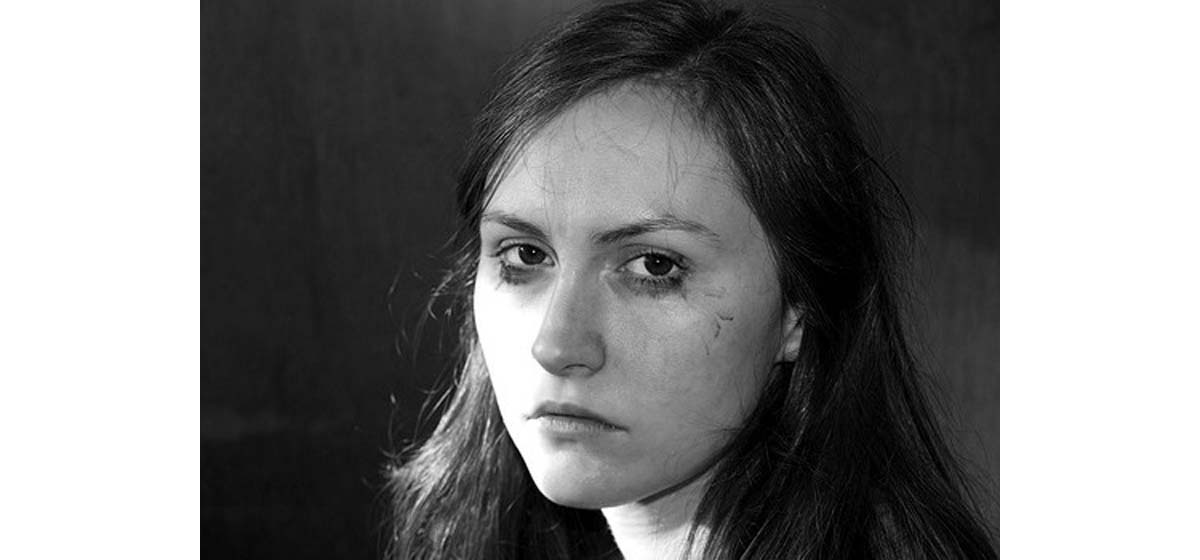Table of Contents
Transcranial direct current stimulation (tDCS) involves the placement of low-power electrodes across the scalp, especially at the forehead. Although the way tDCS works is similar to an older, now largely banned method called electroshock or electroconvulsive therapy, the amount of current applied is so low that there are no convulsions, there is no major loss of memory, and treatment can be given on an out-patient basis.

How Does tDCS Work?
Transcranial direct current stimulation works by increasing the "excitability" of the cortex, or thinking centers of the brain, or by increasing the excitability of the motor cortex, or movement centers of the brain. Applying a negatively charged electrode to the scalp stimulates the "grey matter" of the cortex and applying a positively charged electrode to the scalp stimulates the motor cortex.
There is a certain intuitive appeal to the explanation of how transcranial direct current stimulation works. After all, we all jump when we are shocked. These shocks are simply so tiny that the brain's "jump" is a lot more subtle.
Transcranial direct current stimulation may be used when the patient is awake, or while the patient is asleep. If the system is used at night, during sleep, it encourages learning. A tiny electrical shock from a positively charged electrode stimulates motor learning, giving the recipient new abilities to "get up and go" when awake.
How Well Does tDCS Work?
In news reports about the study reported in February 2013 in the medical journal JAMA Psychiatry, reporters cite patient Testimonials that transcranial direct current stimulation lifted depression when nothing else could, as if their experience were a first. However, this method actually is not new. It has been tested in over 100 clinical trials.
The tDCS method has also been used to treat insomnia, attention deficit hyperactivity disorder, fibromyalgia, bipolar disorder, addiction to pain relievers, and the after-effects of stroke. It is safe, it is well understood, and it is relatively inexpensive.
One of the reasons tDCS is getting more and more attention from medical researchers is that it is less expensive and easier to use than tDMS, or transcranial direct magnetic stimulation, a treatment involving the placement of pulsating magnets in a headband across the forehead for a few minutes to a few hours at a time. Although transcranial direct magnetic stimulation is even safer than tDCS and even better understood, the cost savings of the transcranial direct current stimulation units make it a far more attractive alternative.
Where can you get tDCS treatment? Most major cities in the US have at least one board-certified psychiatrist or neurologist specializing in tDCS, tDMS, or both. Insurance plans may cover this treatment even when paid treatment hours for talk therapy or in-patient mental health treatment have been exhausted. With a prescription, you can even buy your own unit for at-home treatment at your convenience. See the Fisher Wallace Laboratories link below to find a doctor who can evaluate you for tDCS.
- Brunoni AR, Valiengo L, Baccaro A, Zanão TA, de Oliveira JF, Goulart A, Boggio PS, Lotufo PA, Benseñor IM, Fregni F. The Sertraline vs Electrical Current Therapy for Treating Depression Clinical Study: Results From a Factorial, Randomized, Controlled Trial. JAMA Psychiatry. 2013 Feb 6:1-9. doi: 10.1001/2013.jamapsychiatry.32. [Epub ahead of print]
- Taylor D, Carlyle JA, McPherson S, Rost F, Thomas R, Fonagy P. Tavistock Adult Depression Study (TADS): a randomised controlled trial of psychoanalytic psychotherapy for treatment-resistant/treatment-refractory forms of depression. BMC Psychiatry. 2012 Jun 11. 12(1):60. [Epub ahead of print]


Your thoughts on this